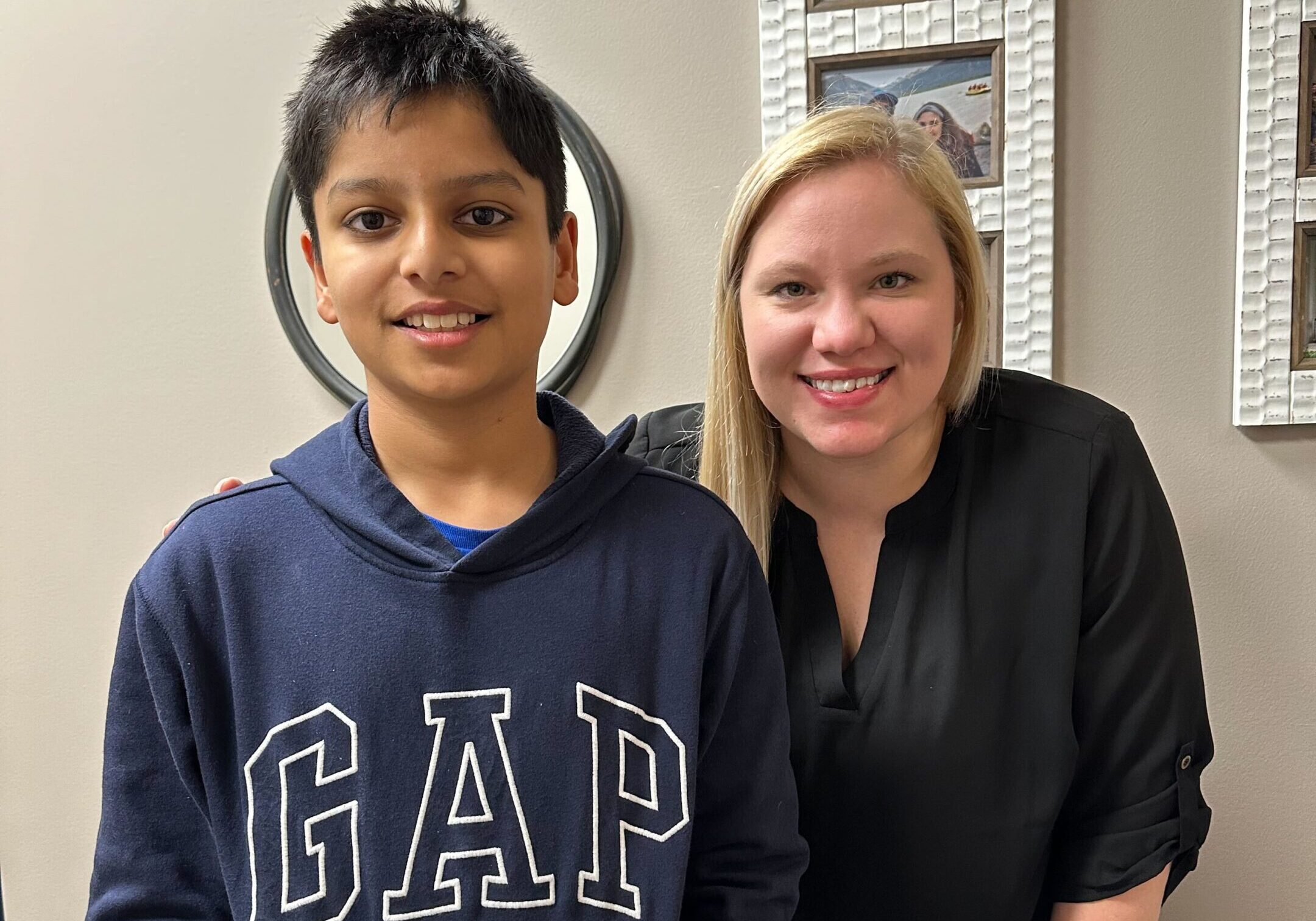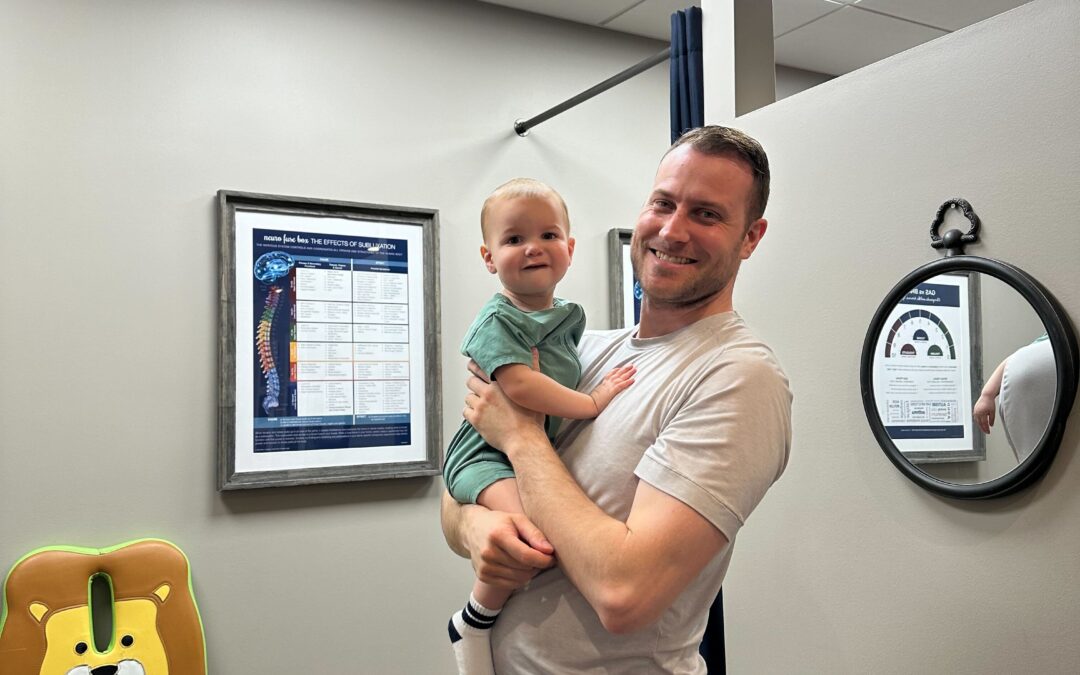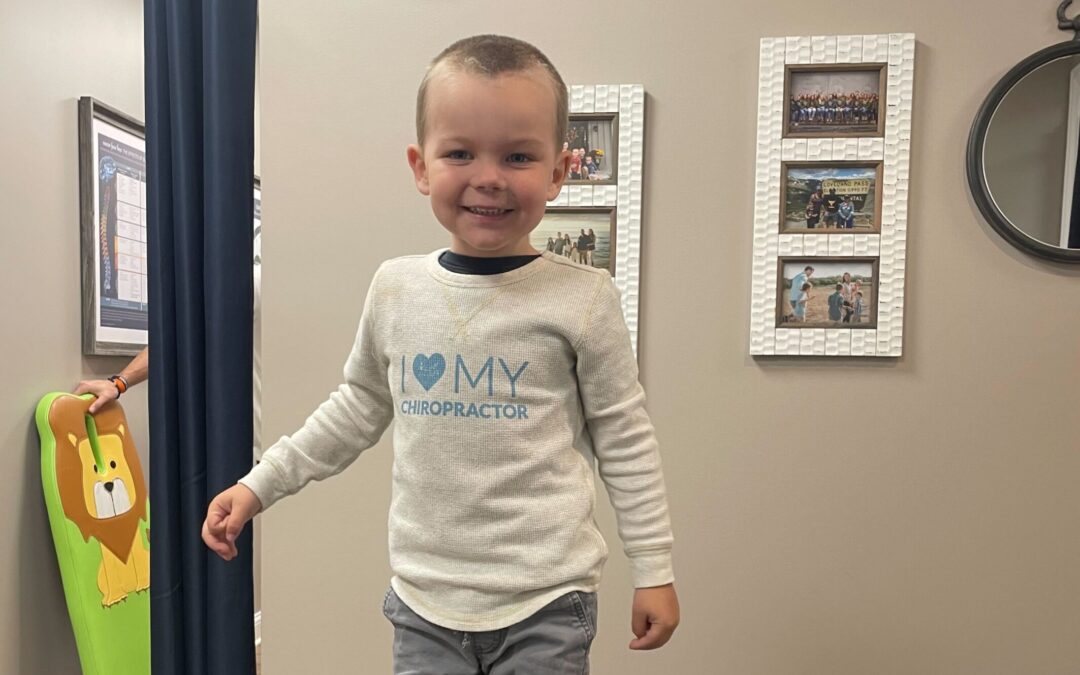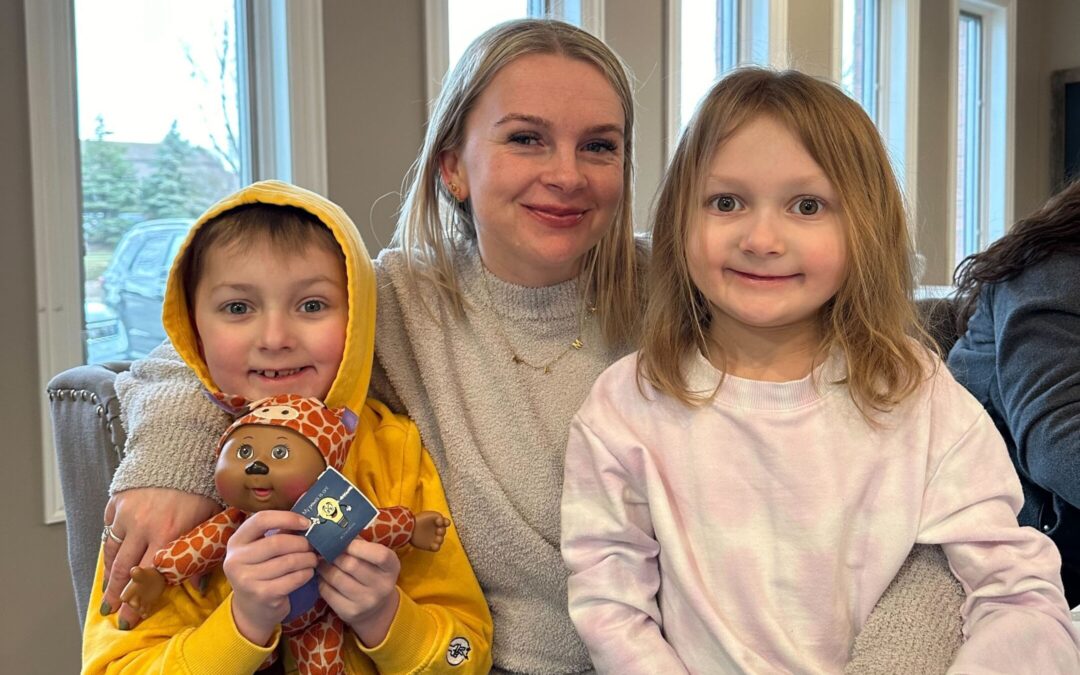Neurological healing is no easy task. Nor is it normally a linear, straightforward path. In fact, it’s most commonly quite the opposite, going through multiple stages and phases on its way to optimal healing and outcomes.
The first challenge parents and patients face when trying to determine whether or not things are moving in the right direction with neurological healing is that the process is the stark contrast opposite of traditional medical treatment. Every single component of the medical system is designed not with healing in mind, but with suppressing, stopping, and shutting things down as the ultimate goal.
Have an infection? Kill it off with an antibiotic (which literally means anti-life).
Have a fever? Shut it off with a fever suppressor.
Have inflammation? Shut it down with steroid-based medications.
Have hyperactivity and impulsivity? Suppress it with stimulant medications.
Have anxiety? Cover it up and suppress it with drugs.
The medical way is one that is supposed to “work” fast and, therefore, be readily apparent. Unfortunately, parents today especially know that what we discussed is very true – the vast majority of the time, drugs and medications are doing nothing to address the actual root cause, create any actual healing, and they also come with a whole host of unwanted side effects.
So, what other options do we have? Well, if you’re reading this, then it’s likely that you’ve already begun to take the root cause of your child’s challenges head on with Neurologically-Focused Chiropractic Care, or you’re strongly considering it and wondering exactly how that process works.
To make this super simple to understand, we’ll be breaking things down into three parts. First, the healing phases we’ll discuss are:
- Release Phase
- Rebuild + Reorganize Phase
- Restoration Phase
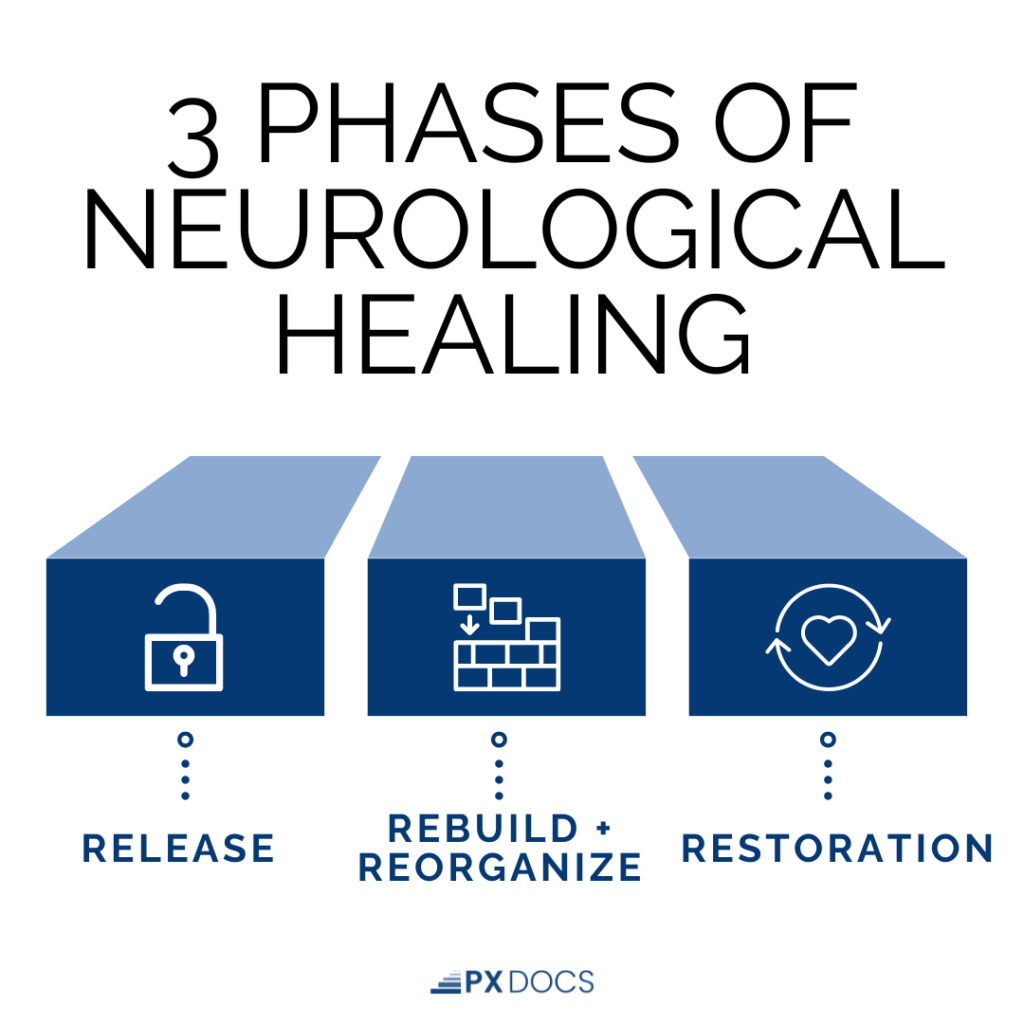
Phase 1 – Release
The first phase of neurological healing + restoration is often the bumpiest. The longer a child has been subluxated and stuck in sympathetic dominance (dysautonomia), the deeper those stress patterns and dysfunctions set in. The body is doing all it can to adapt, but in the toughest of cases (Perfect Storm + Neuro Intensive ones especially), we generally find that the nervous system is just flat out worn out and exhausted.
Therefore, when you release those deep subluxation patterns in the first two (2) weeks to two (2) months of care, oftentimes, patients will experience some form of “neuro detox” where certain signs and symptoms may get a bit worse.
This is really no different than what happens when a child gets a fever, diarrhea, or traditional immune response – the body is actually getting “sick” to get well again.
So, in the vast majority of these neurological detoxes that occur way early in care, it’s actually a “good” sign that healing is happening and we’re getting the nervous system unstuck from the long-standing stuck, stressed, and exhausted subluxation patterns it’s been in.
Phase 2 – Rebuild + Reorganize
This is an exciting phase of care, and it’s really rooted in the science of something called neuroplasticity. Which honestly is what all of Neurologically-Focused Chiropractic Care is based upon.
Neuroplasticity, also known as neural plasticity or brain plasticity, is the ability of neural networks in the brain to change through growth and reorganization. It is when the brain is rewired to function in some way that differs from how it previously functioned.
Subluxation, dysautonomia, and the “Perfect Storm” are all what stop neuroplasticity, growth, and optimal development dead in its tracks and throw things off course. Therefore, when we hit this stage of care, and we start to see growth and reorganization happening again and a child getting back on track with their milestones and development – oh man, is it exciting!
What does rebuilding + reorganization look like practically? Check out the following list to spot the signs of this stage in progress:
- INSiGHT Scans shifting, changing, calming, clearing, and reorganizing
- Oftentimes this can be tracked with our “neurometrics” and scores
- Improved Neuro-Postural Patterns
- No more head tilt + rotation, shoulders relaxed and level, etc.
- Improved Neuromuscular Tone + Coordination
- Observed through movement, gait analysis, etc.
- Improved Neurological “Soft Signs”
- Sleeping better, eating better, improved digestion, better immune health, improvements in posture and coordination, etc.
- Improved Focus + Endurance in School, Therapy, etc.
- Being able to do more during therapy appointments and school
- Less Severe Subluxation Patterns and Adjusting Restrictions
- When things shift, move, and get easier to adjust
By no means does a child or patient need to experience everything on that list to be in this phase of neurological healing, as healing is unique to each individual. However, even observing and having just a couple of them means things are progressing and on the right track to optimal healing and neurological restoration!
Phase 3 – Restoration
This phase of care is the ultimate goal of our initial care plans, but honestly, it’s just the beginning of the best part – the child or patient is now experiencing a high quality of LIFE once again!
We feel strongly that we are designed to be strong, healthy, resilient, and happy, and therefore live a high quality of life as a result! This stage of care is when kids and patients really have had transformative changes with their health and day-to-day experience a quality of life far greater than what they had prior to starting chiropractic care.
This stage then sets the stage for wellness, but the work is not all the way done. In this stage, we want to stay on the job of neurological healing and continue to deploy neuroplastic healing principles in order to put “slack” and “stability” in the system.
This third state of neurological healing is essential for one reason – life goes on. Meaning kids are still going to have growth spurts, falls and injuries, colds and sickness to get through, social and emotional challenges, school, sports, seasonal changes, and so much more they still need to stay ahead of and adapt to.
By completing this final stage of the neurological restoration care plan, we can then transition them into lifetime wellness care with a strong, resilient, and more stable nervous system. A more stable nervous system can better withstand various regular life stressors and stay healthy and strong through them!
That is the ultimate goal we have for our patients – to not just get healthy for a season, but stay there for good! To do that, this third phase and achieving restoration is essential.
Diving Deeper into Neurological “Soft Signs” of Healing
While every single one of us, from the parent team to the provider team, wants to see massive changes and achievement of the big goals happen right away… science and clinical experience let us know that, typically, that is not the case.
So often, and so rightfully so, some of the most common examples parents have for BIG goals for their children’s care include things like starting to walk or talk, eliminating seizures or autism spectrum related challenges, improving focus and behavior, lessening anxiety and depression, and so forth. For the purpose of this article, we’ll refer to these functions as “brain-based” or “higher level” functions.
In contrast, more primary and basic neurophysiological functions that are essential to health are things like eating, sleeping, digestion (pooping), motor planning, respiratory + immune health, and so forth. These core health functions could also be called more primal or foundational components of health, and what many parents and providers don’t know is it’s these things that get offline and off track first, which then leads to the bigger “brain based” problems down the road as neurological function and development is compromised.
Therefore, on the road to optimal neurological healing, we often need to see changes with these “soft signs” (and scans), and the more basic physiological functions first.
- When a teen intensive patient struggling with anxiety, epilepsy, and exhaustion starts to finally fall asleep easier and stay asleep longer, we know we’re on the right track!
- When a three (3) year old patient recently diagnosed with autism and apraxia (nonverbal) begins experiencing better digestion, immune health, and gross motor planning, we know we’re on the road to recovery + restoration!
- When a grade schooler struggling with ADHD and behavioral regulation challenges has more relaxed shoulders, less tension, and gets adjusted easier, we know we’re making the right changes happen to their nervous system!
So often for parents, not seeing the big changes happen instantly with chiropractic care can be frustrating and, if we’re being honest, even disheartening. But when we can point out these incredibly important changes on their INSiGHT Scans and with their neurological “soft signs,” we can rebuild that hope and let you know we’re heading in the right direction!
If you have any questions at all about what phase of care your child is in (or yourself), do not hesitate to ask and really dig in with your doctor at the next visit. We love talking through this stuff with our patients, and always do our best to stay ahead of it, making sure you know what to look for and what to track as care progresses through each and every phase of care!

